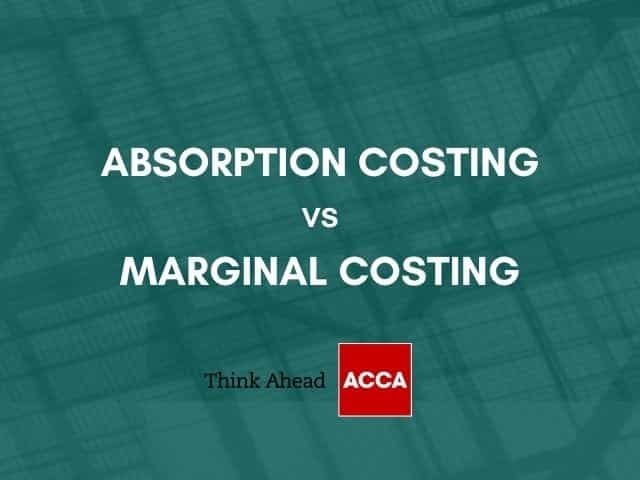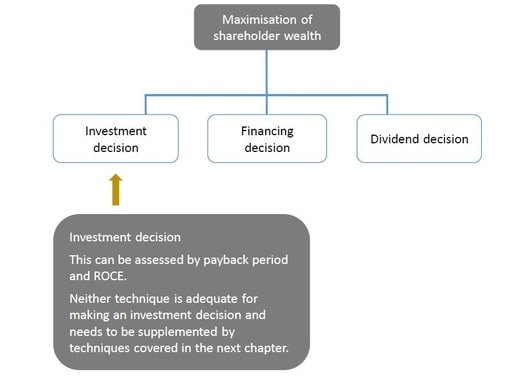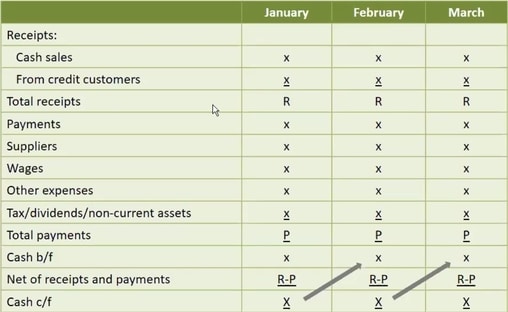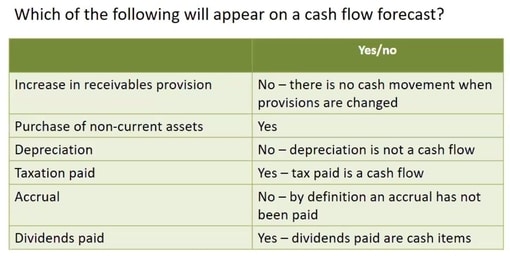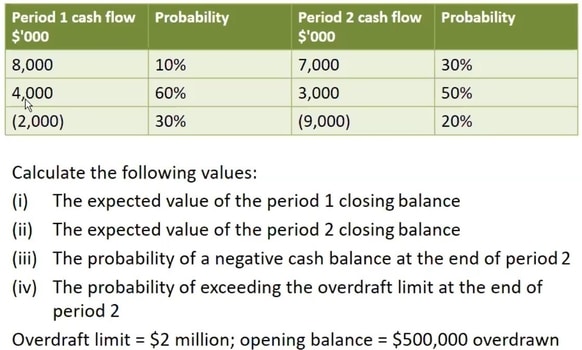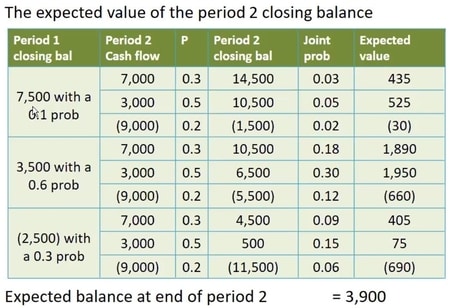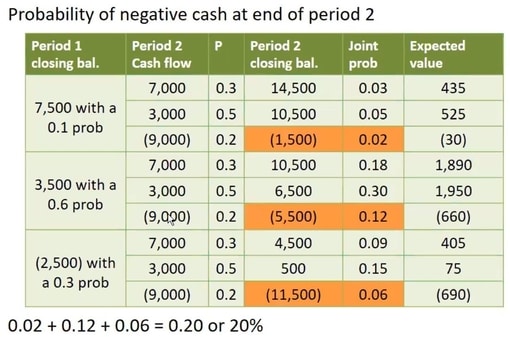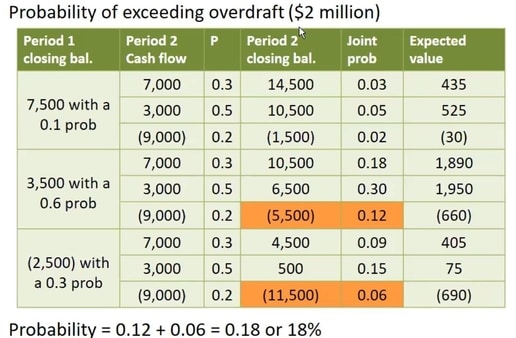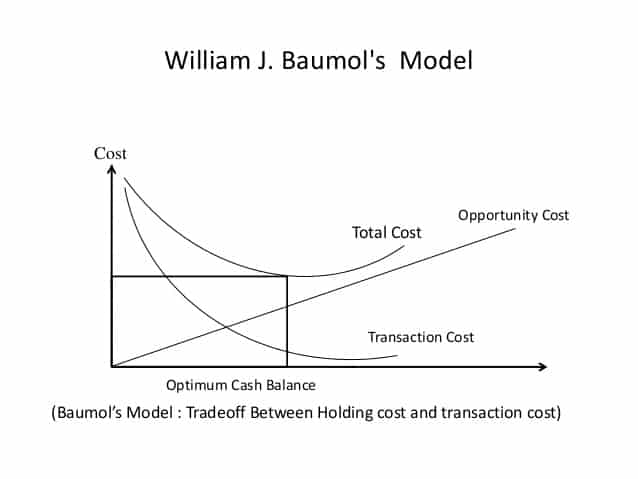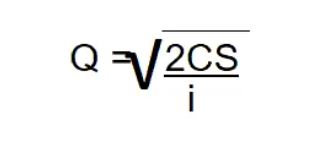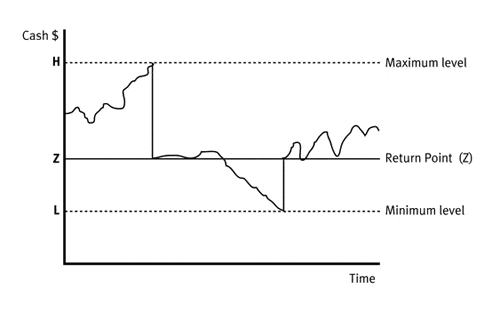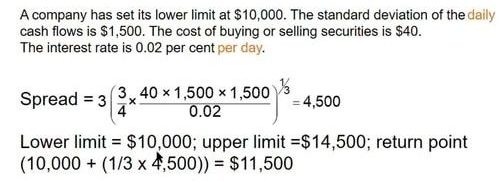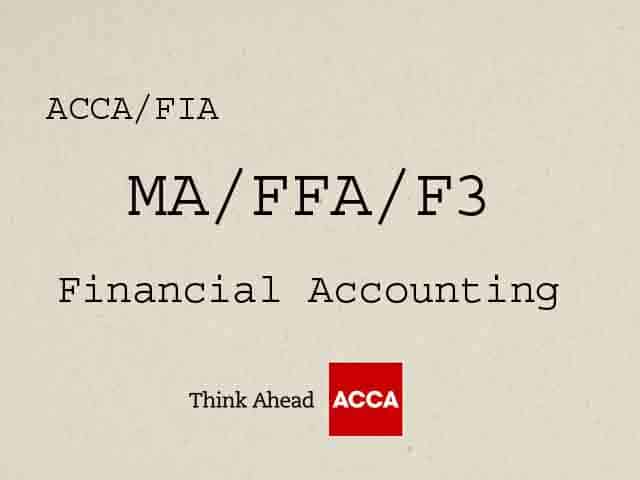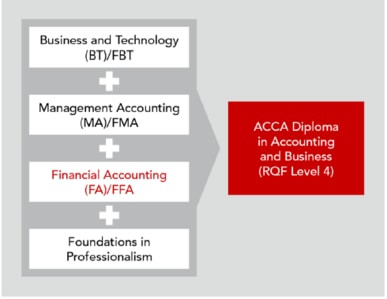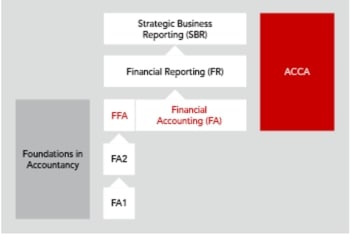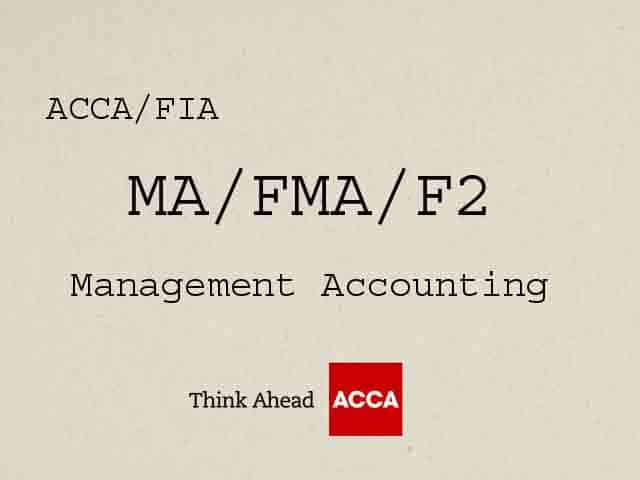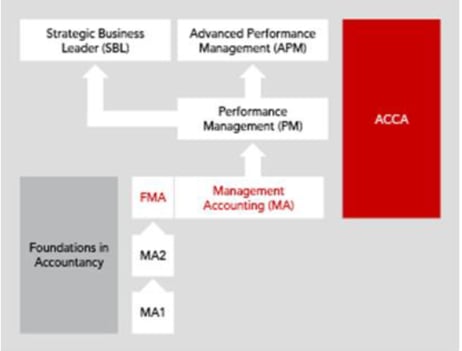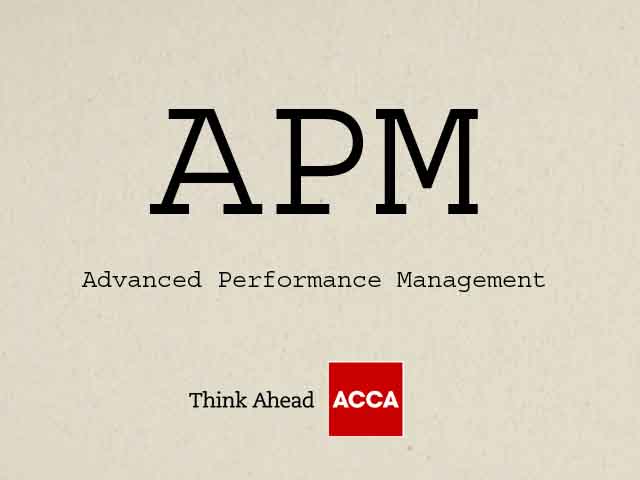What is absorption costing and marginal costing?
In managerial accounting, there are two different ways to calculate and assign manufacturing costs to products and services: absorption costing and marginal costing. Both methods have advantages and disadvantages that should be considered when making business decisions.
Marginal costing
Marginal costing is a managerial accounting technique that focuses on variable costs and traces them directly to products and services. The pure main advantage of marginal costing is that it is simpler to compute product costs since only variable costs need to be considered. The main disadvantage of marginal costing is that it may lead to sub-optimal decision-making since it excludes fixed costs from product costs.
Absorption Costing
Under absorption costing, all manufacturing costs are assigned to products while under marginal costing, only variable manufacturing costs are assigned to products. The major advantage of absorption costing is that it provides a more accurate picture of the true cost of products. The major disadvantage of absorption costing is that it is more complex to compute product costs since all manufacturing costs must be considered.
The Special difference between Marginal costing & Absorption Costing
The difference between the two methods is that absorption costing includes all manufacturing costs in product cost, including fixed overhead. while marginal costing only includes variable costs. In other words, fixed manufacturing overhead is irrelevant to decision-making under marginal costing but relevant under absorption costing.
Absorption costing is a method of inventory valuation that assigns all manufacturing costs, including fixed overhead, to products. Marginal costing is a managerial accounting technique that focuses on variable costs and traces them directly to products and services.
Which method should be used depends on the purpose of the analysis. For example, marginal costing is often used for short-term decisions because it focuses on variable costs which are more easily controlled in the short term. In contrast, absorption costing may be used for long-term decisions because it includes all manufacturing costs and provides a more accurate picture of the true cost of products.
Here are some further key differences between the two methods:
Under absorption costing, fixed manufacturing overhead is considered a product cost while under marginal costing, it is considered a period cost.
Under absorption costing, all manufacturing costs are assigned to products while under marginal costing, only variable manufacturing costs are assigned to products.
The fundamental advantage of marginal costing is that it is simpler to compute product costs since only variable costs need to be considered.
The primary disadvantage of marginal costing is that it may lead to sub-optimal decision-making since it excludes fixed costs from product costs.
The prime main advantage of absorption costing is that it provides a more accurate picture of the true cost of products. The main disadvantage of absorption costing is that it is more complex to compute product costs since all manufacturing costs must be considered.
Which method should be used depends on the purpose of the analysis. For example, marginal costing is often used for short-term decisions because it focuses on variable costs which are more easily controlled in the short term. In contrast, absorption costing may be used for long-term decisions because it includes all manufacturing costs
When would you use each type of cost?
Absorption costing is used when inventory levels are low and marginal costing is used when inventory levels are high.
What are the benefits of using absorption costing?
Absorption costing is a method of allocating manufacturing overhead costs to inventory. This means that all manufacturing costs, including both direct and indirect costs, are assigned to products.
The benefits of absorption costing include its ability to provide accurate financial information for decision-making purposes, and its compliance with generally accepted accounting principles (GAAP).
What are the benefits of using Marginal costing?
Marginal costing is a method of allocating manufacturing overhead costs to inventory in which only direct costs are assigned to products. This means that only costs that can be directly traced to the production of a product are included in the cost of that product.
- Allows for decision-making: Marginal costing can be used as a tool for decision-making. It can help managers to identify which products are the most profitable and which ones are losing money.
- Improves pricing strategies: With marginal costing, businesses can develop more accurate pricing strategies. This information can help businesses to better understand how their products compare to others on the market and find ways to optimize their prices.
- Helps with planning and forecasting: Marginal costing can help businesses to plan for the future and forecast demand. This information can be used to make production plans and set sales targets
- Reduces waste: By understanding which products are the most profitable, businesses can focus on these products and reduce waste. This can help to improve margins and the bottom line.
- Makes better use of resources: Marginal costing can help businesses to make better use of their resources. By understanding which products are more profitable, businesses can allocate their resources more efficiently and minimize waste.
Performance Management Detailed Study Notes

